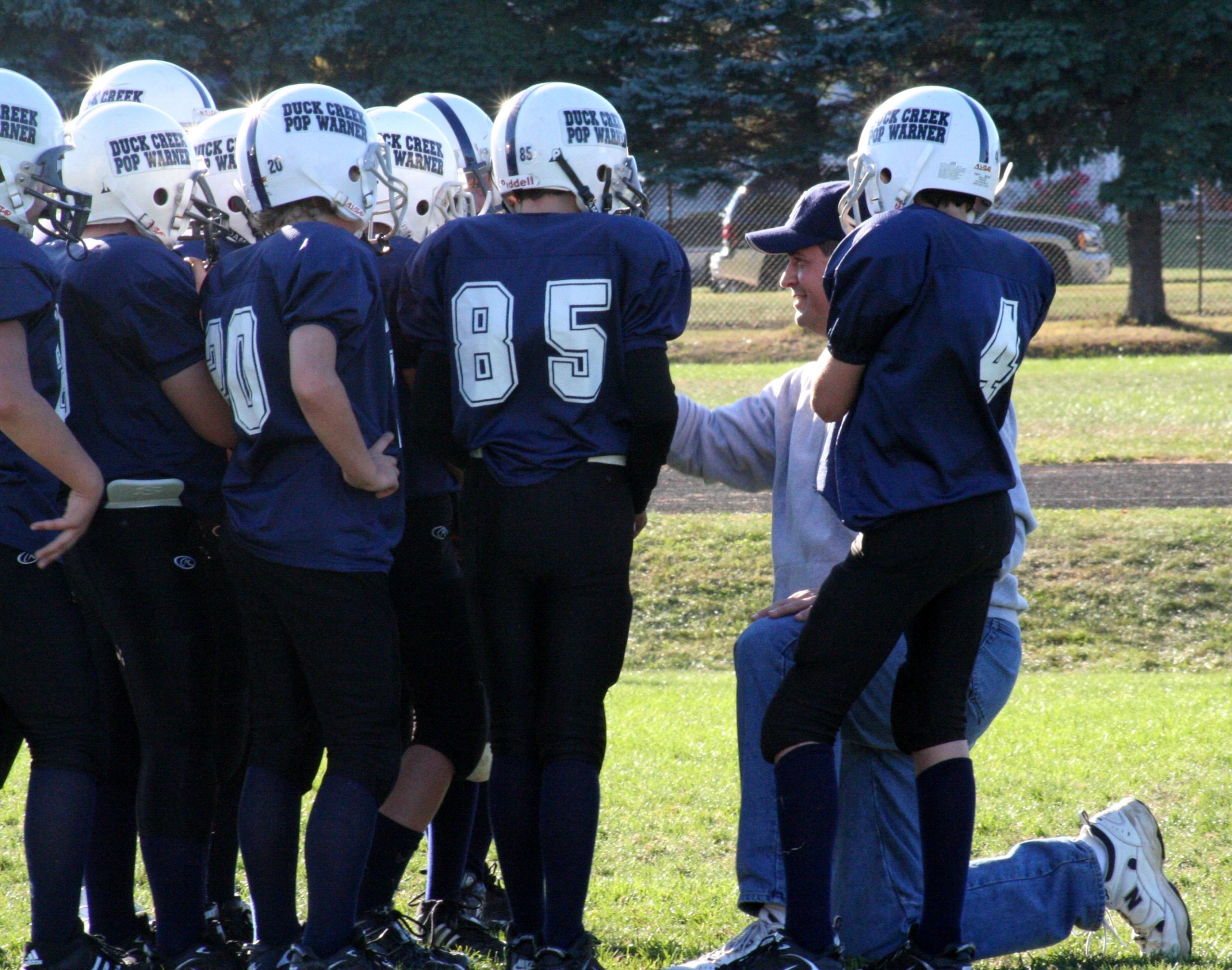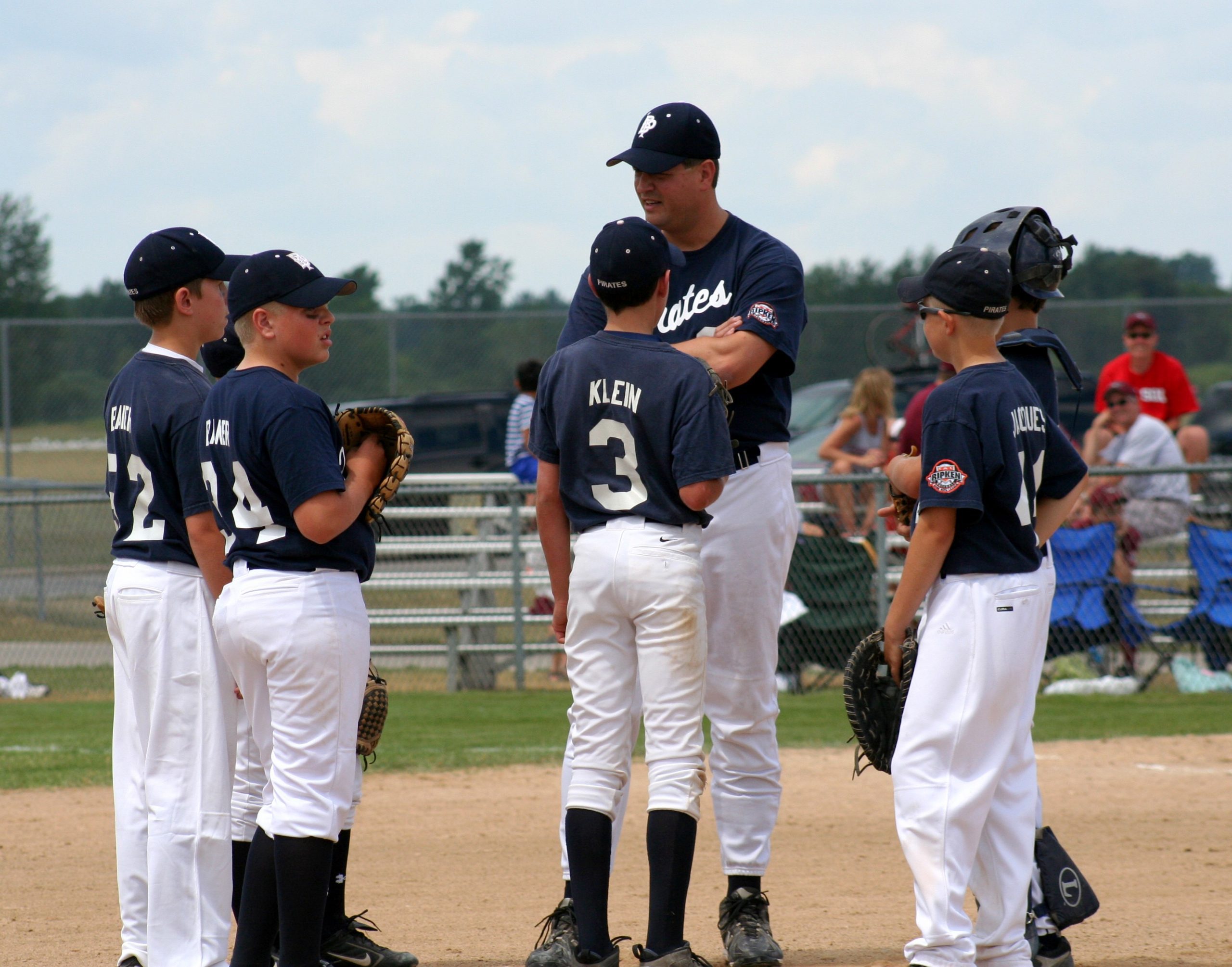With the end of summer and the beginning of the new school year, excitement abounds for the start of fall sports. After a year and a half of disruptions to normal sports schedules, it seems that things are starting to return to normal. Parents, athletes, and coaches are anxious to return to the fields and courts, but with that comes the return of common sports injuries.
With you in the stands, your child returns to the game that brings them so much joy and fulfillment. As you watch them compete, however, you notice that something seems off. They are not playing at full capacity, and it seems like they are limping. They occasionally grimace in pain. Sure, they had been “sore” as they were preparing for the season, but everyone thought they could play through the pain and things would resolve on their own.
Thoughts run through your head. “Now what? Did we overlook something? Should I have had this evaluated before the season? Is something bad going on? Is it too late? Is my child going to miss some time or possibly the whole season?” Unfortunately, this situation plays out all too commonly with youth athletes. We are here to help.
 My name is Dr. Jason Klein. I grew up in Houston, where I was a three-sport athlete through high school. I played football, basketball, and baseball. After sustaining a career-ending knee injury while playing quarterback at Texas A&M University, my focus shifted to a career in medicine.
My name is Dr. Jason Klein. I grew up in Houston, where I was a three-sport athlete through high school. I played football, basketball, and baseball. After sustaining a career-ending knee injury while playing quarterback at Texas A&M University, my focus shifted to a career in medicine.
I completed an orthopedic residency at the Mayo Clinic and a sports medicine fellowship at Baylor College of Medicine in Houston, where I had the opportunity to work with the Houston Astros and Rockets. I have been practicing orthopedics and sports medicine since 2001 and have been with OSMS since 2005. I have raised three children in the Green Bay area. All three of my children were multiple sport athletes, and I had the opportunity to coach all three in different sports from 5 years old through the high school level.
Therefore, my current approach to sports medicine is through the perspective of being a former athlete and patient, a parent with athletes, a coach, and a sideline physician.


Common types of sports injuries
We know that all sports are going to have the risk of acute injuries. An acute injury is a sudden injury that results from a traumatic event. Some examples of acute injuries include:
- Fractures (broken bones)
- Sprains
- Concussions
- ACL tears
But the most common sports injuries are overuse injuries. An overuse injury is any type of muscle or joint injury that is caused by repetitive motions. Some examples of overuse injuries include:
- Stress fractures
- Aches and pains including shin splints
- Tendinitis
What you can do to keep your sports star healthy
Athletes are going to get hurt from time to time, no matter what you do. But there are three steps you can take to keep your child healthy and decrease their chances of being injured.
- Get them involved in more than one sport. The American Academy of Pediatrics reports that children who specialize in a single sport face a higher risk of overuse injuries. Participating in multiple sports will give parts of their body a break and limit the number of repetitive motions they’re doing.
- Make sure they’re consistently wearing appropriate personal protective equipment (PPE) for the sports they’re participating in to avoid acute injuries as much as possible.
- Ensure they’re staying hydrated and getting a proper amount of rest, lean proteins, fruits, and vegetables.
Communication is key
Above all else, communication is the key. You can take the above precautions, but injuries will still happen. You, your athlete, their coach, and their doctor must be on the same page and know when pain is developing. Playing through pain is never recommended. Being open and honest about developing pain can be the difference between getting out on the field after some rest or missing out on the rest of the season because of an ignored and worsening condition.
If the injury is not improving with rest or if you notice swelling, instability, or any deformity, your child should be seen by a qualified doctor.
How to prepare for a doctor’s visit
Communication is essential in getting your young athlete back to doing what they love to do. So when you take them to see an orthopedic specialist, you should have a complete medical history prepared.
A good medical history should include:
- Your child’s past and current medication
- Your child’s history of past injuries and surgeries
- Your blood-related family history including any chronic health conditions such as cancer, diabetes, or high cholesterol, and at what age they typically developed
- Your child’s social history-like what sports and hobbies they participate in
The more detail you can provide to your child’s orthopedic doctor, the more accurate and quick the diagnosis will be.
Your choices to get them seen by a medical professional
If you’re facing a need to have your child seen for a sports injury, your primary care provider may give you a referral. But you as a parent and caregiver have choices when it comes to where you take them, and a referral for orthopedic care typically isn’t required.
The OSMS walk-in clinic is available Monday-Friday between 8 a.m. – 5 p.m.for those with an orthopedic injury. We accept most insurance plans, and your child is guaranteed to be seen by an orthopedic doctor who will examine, take x-rays if needed, diagnose and treat the injury all in one visit. And even though you’re seeing a doctor without an appointment, it’s billed as a regular office visit, ultimately saving you time and money. Why? Because our number one goal is getting your young athlete healthy and back on the field.
Participating in sports offers many benefits for your growing child. Common sports injuries will happen, and that can be heartbreaking to see as parents. But you can take some concrete steps to keep them healthy. And as long as everyone involved is communicating effectively, they have a good chance of getting back on the field before you know it.
You’ll also love Summer injuries in children and what you can do about them.

















